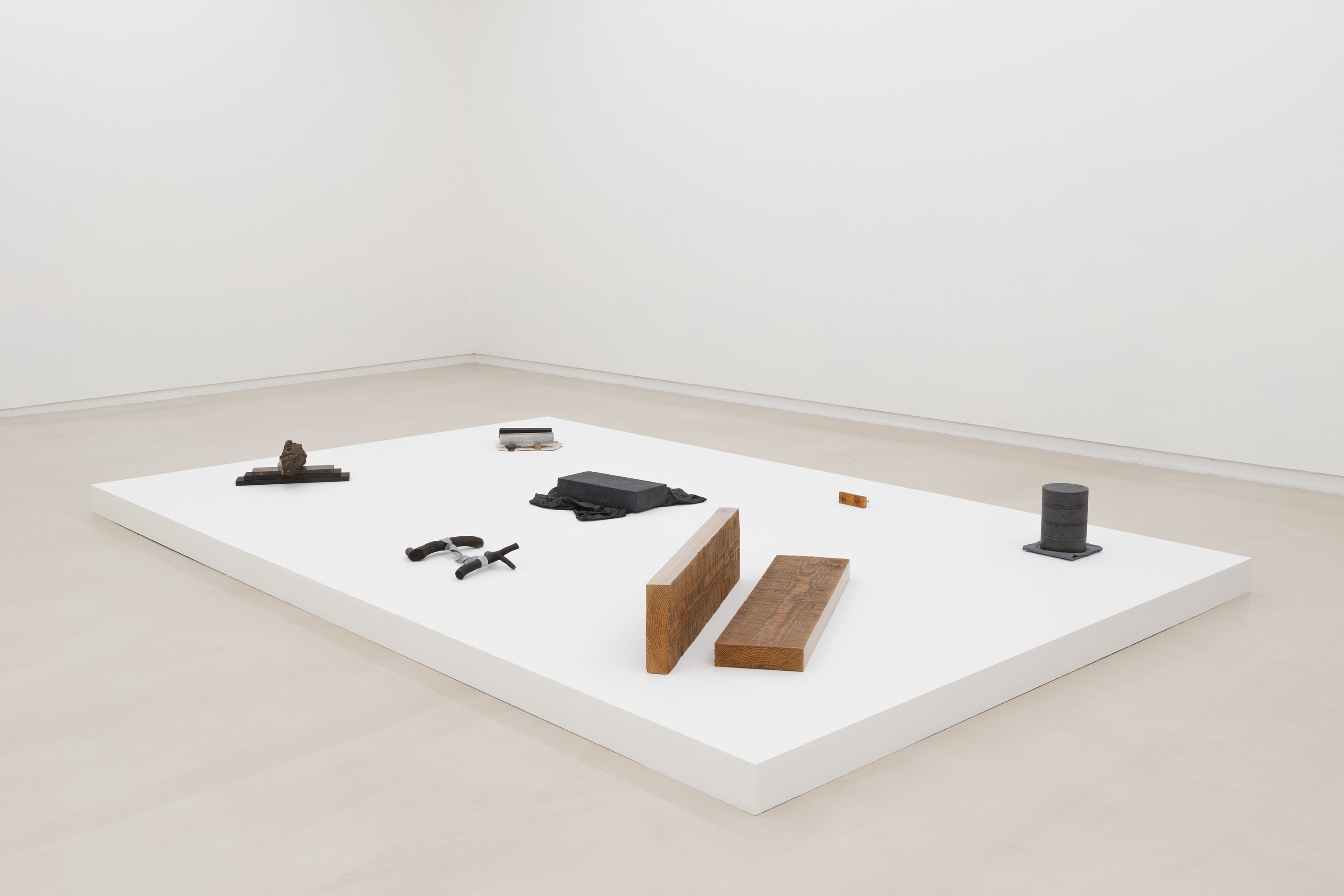
JTT is pleased to present Bill Walton’s third solo show with the gallery titled from bits and pieces / from lots of places / from different spots in time. On view are six minimal floor sculptures created between the 70s and the early 2000s. The title is taken from the first page of a sketchbook that Walton took on fishing trips to write down ideas which he referred to as his field guide.
Bill Walton (1931-2010, Camden, NJ) was a printmaker, sculptor, painter and poet who lived and worked in Pennsylvania and New Jersey. His quiet compositions and subtle surface interventions are portraits of the American landscape as Walton knew it—small-town breakfast cafes, rivers, streets and the people most intimate to him in his life.
In one work from Walton’s Wisteria Series, two planks of darkly stained wood are stacked with a piece of copper on top. The copper is cut to the same size and shape as the industrial portions of wood below and painted to appear as though it has grain. The two materials meet halfway in their likeness towards one another, a quip often found in Walton’s practice.
Walton’s Wisteria Series are made from a tree of the yard of a home in Wall, New Jersey where his second wife Joyce Schwaller lived for most of the 90s. The wisteria grew contorting itself around a metal pole and captivated Walton when it danced in the wind despite its entanglement. When Schwaller decided to leave the house, it suddenly died. The timing startled Walton and he cut the tree down to take it with them, then took up tango lessons when returning to Philadelphia, supposedly inspired by the wisteria’s movements.
Two floor sculptures from Walton’s Sweet Lou & Marie series are also on view. They each consist of cast concrete resting on painted cotton. Lou and his wife Marie owned a breakfast diner that Walton frequented when he held a studio in Freehold, New Jersey. One of the works on view is titled Sweet Lou & Marie (#4 - Blue Shirt), an acknowledgement of the discreet portraiture embedded in the minimal objects.
Walton began making work as early as the mid 50s and was influenced by Neo-Dada’s use of assemblage and found materials—he made an ode to John’s Ballantine Ale with a sculpture that the gallery exhibited in its first solo exhibition with the artist. By the 90s and early 2000s, when Walton was most active, his practice continued to play with the very notion of appropriation, mastering sculptural veneers, and creating a material’s likeness with the people, places and materials in his closest proximity. The checklist for the exhibition does not include dates, because Walton didn’t believe in dating his work. This is not out of a desire to obscure chronology, but out of a belief the works were never truly finished. At different points throughout his career he would alter pieces that remained with him in his studio even after it had been exhibited, but he also held a profound understanding of transformation—dating his works felt inaccurate for him due to the fact that the materials existed before he found them and would age after they left him. Walton’s collaborative approach to appropriation made room for his surfaces to change over time, an apt metaphor for the lives and places he captured.

wood, pigment, wax
9 x 37 x 16 in
23 x 94 x 40.5 cm
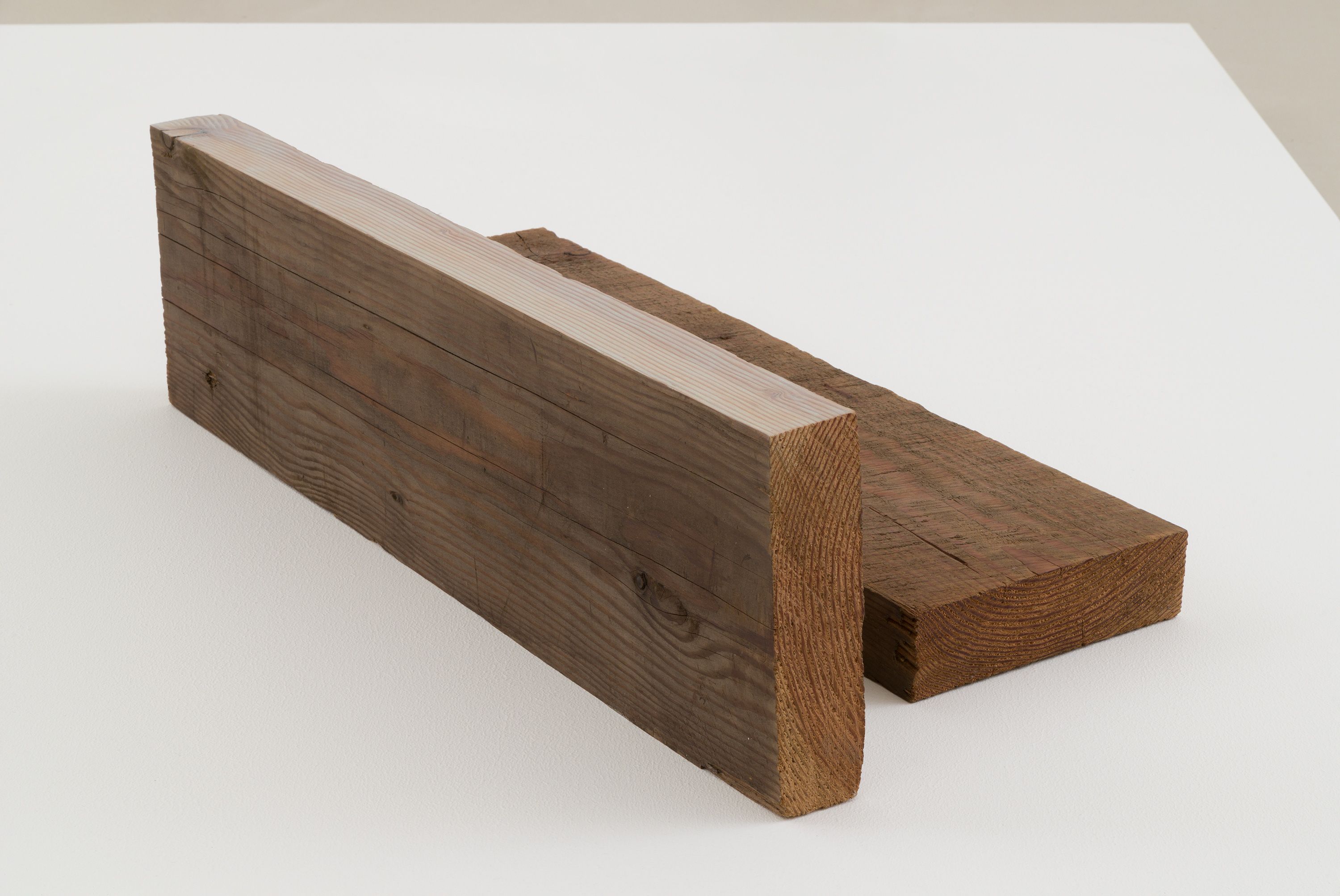
wood, pigment, wax
9 x 37 x 16 in
23 x 94 x 40.5 cm
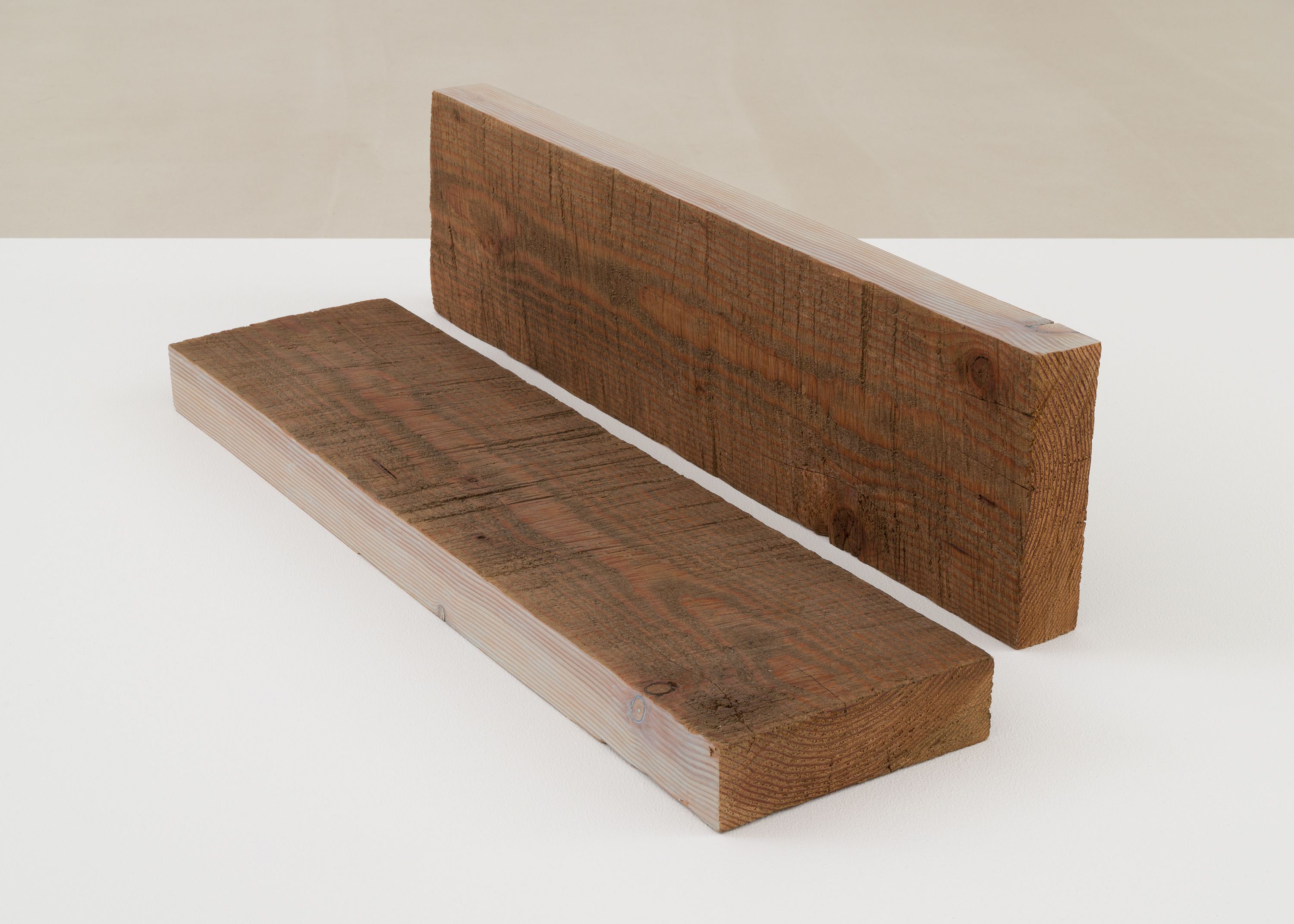
wood, pigment, wax
9 x 37 x 16 in
23 x 94 x 40.5 cm


wisteria, wood, copper
6 x 15 x 18 in
15 x 38 x 45.5 cm
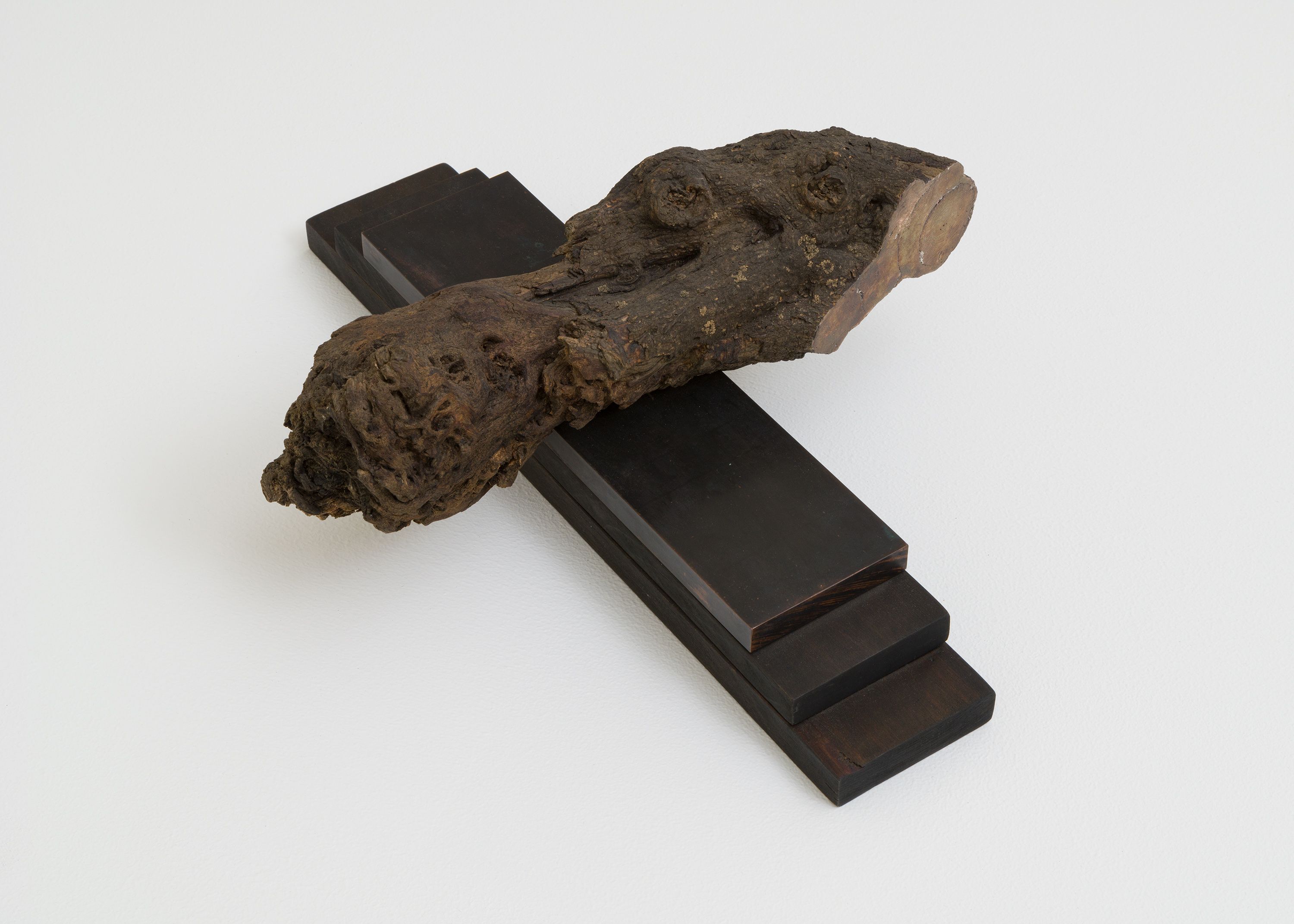
wisteria, wood, copper
6 x 15 x 18 in
15 x 38 x 45.5 cm
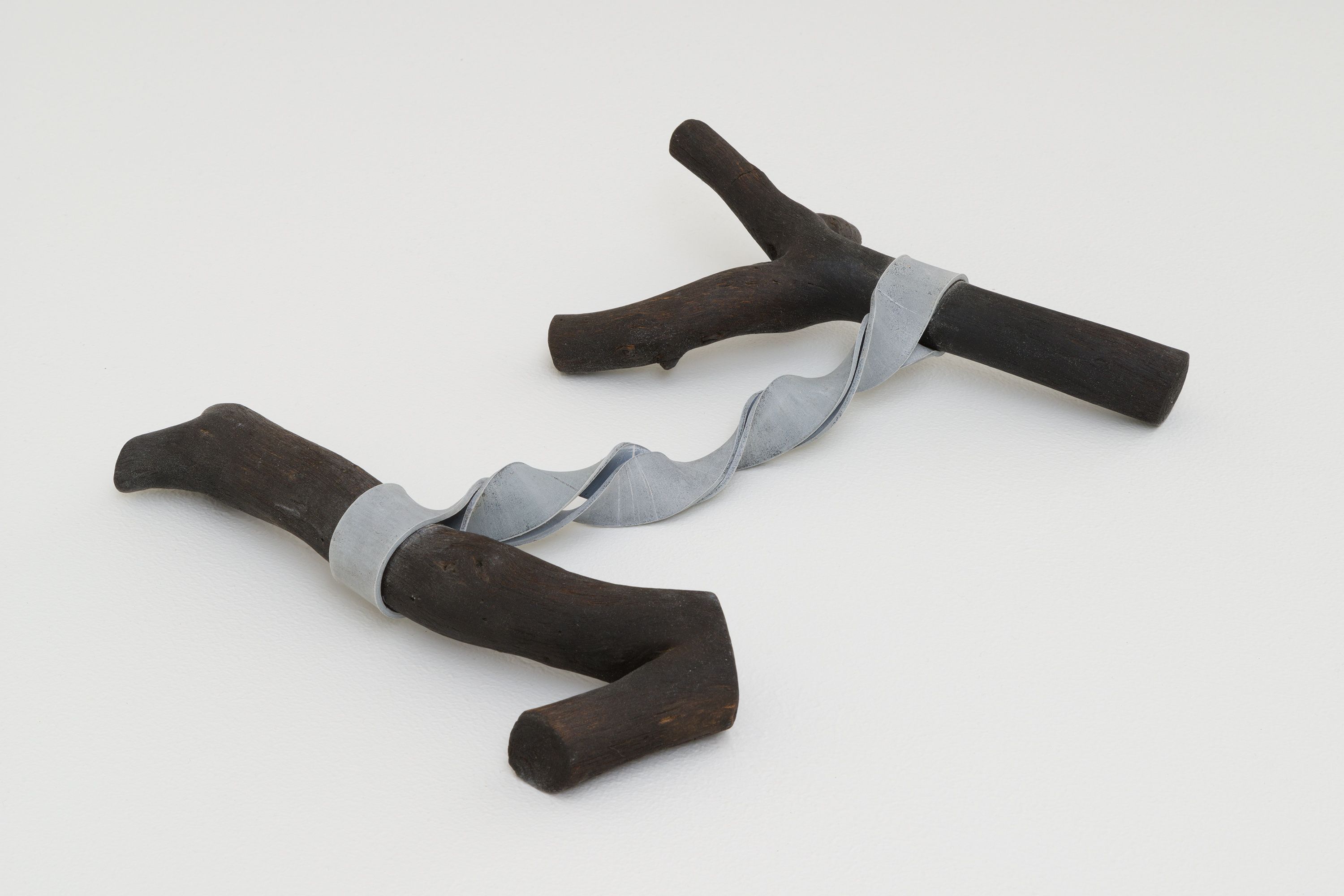
wisteria, lead, carbon
3 x 11 x 16 in
7 x 28 x 40.5 cm
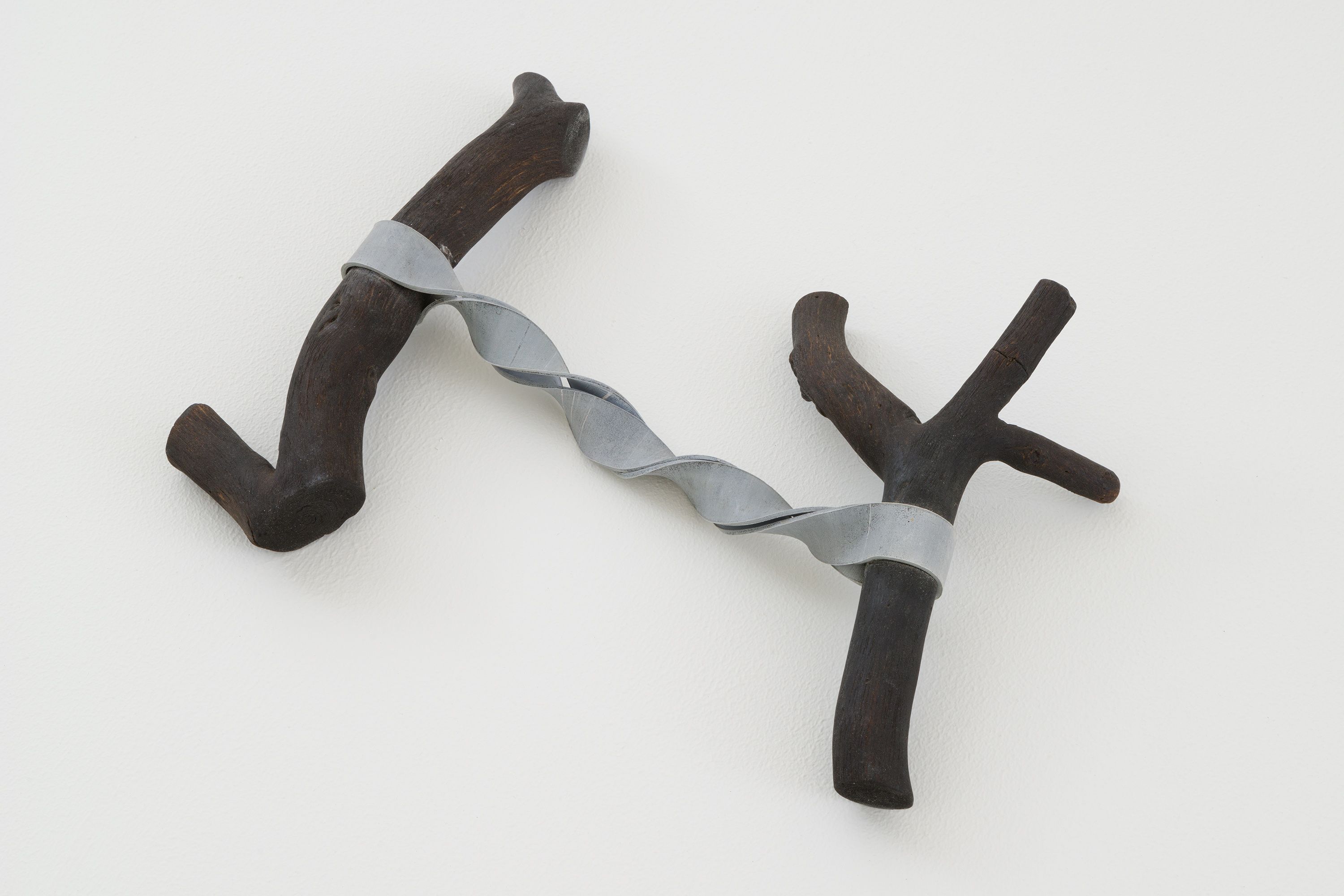
wisteria, lead, carbon
3 x 11 x 16 in
7 x 28 x 40.5 cm
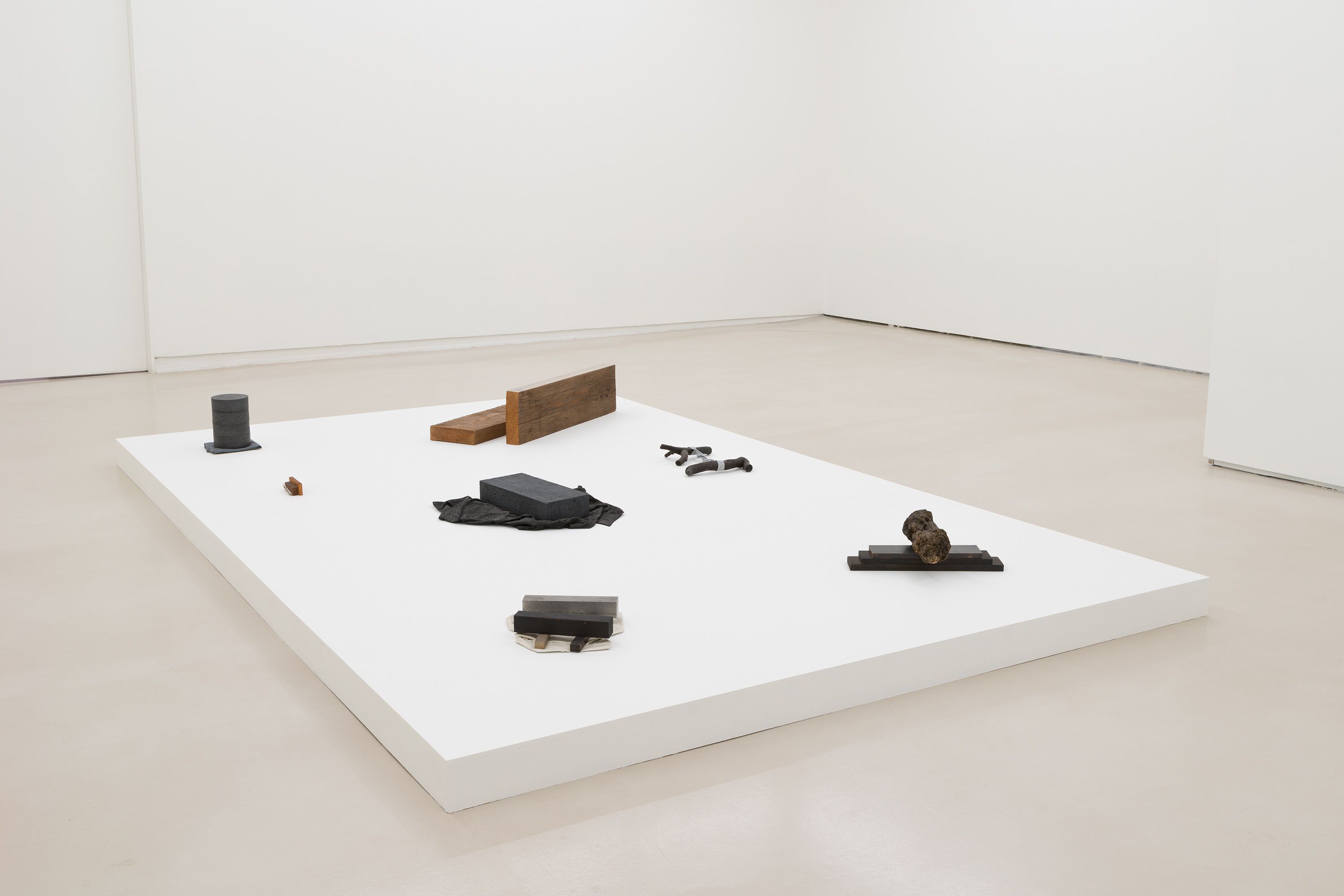
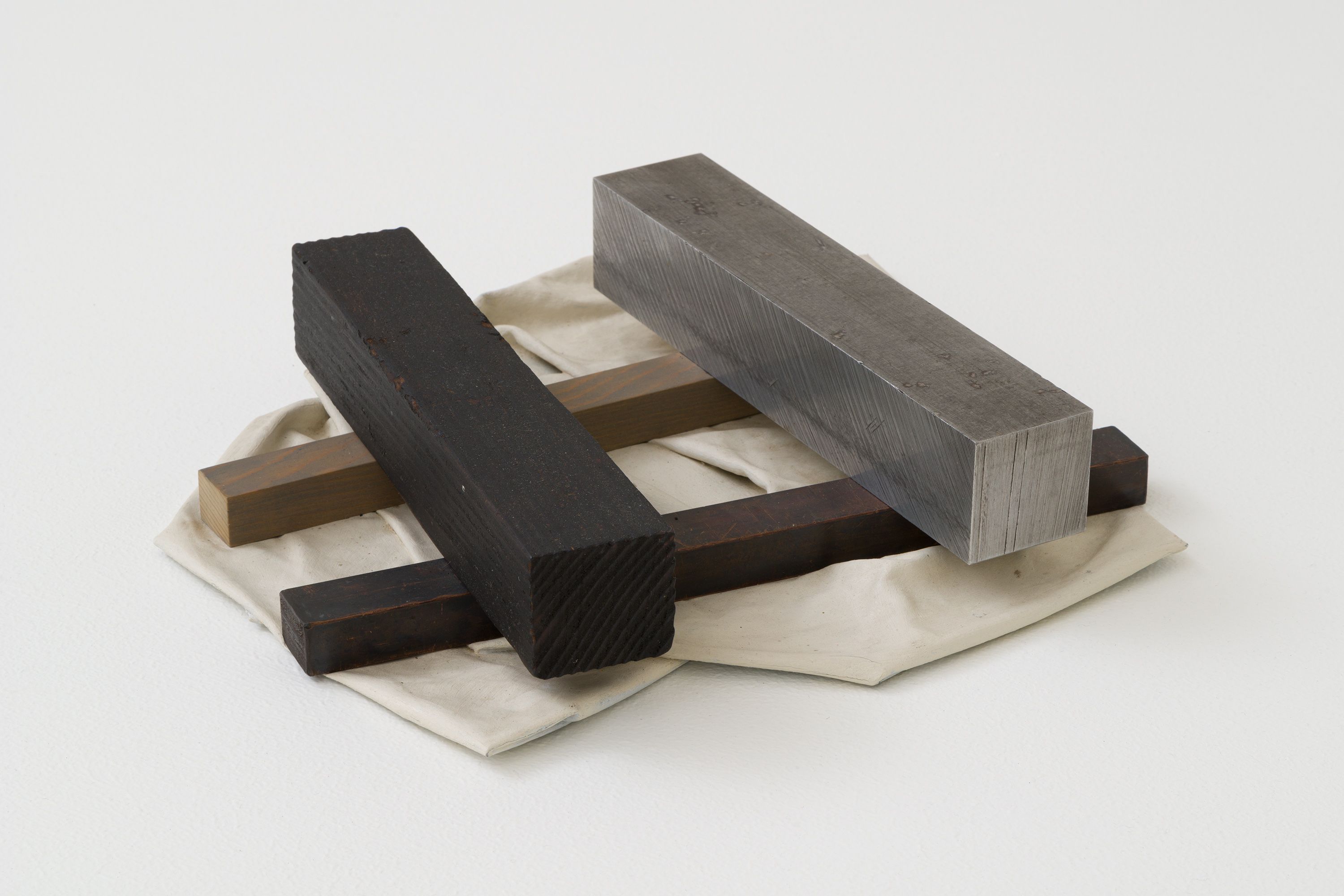
wood, aluminum, copper, primed cloth
3 x 12 x 13.5 in
7.5 x 30.5 x 34.5 cm

wood, aluminum, copper, primed cloth
3 x 12 x 13.5 in
7.5 x 30.5 x 34.5 cm
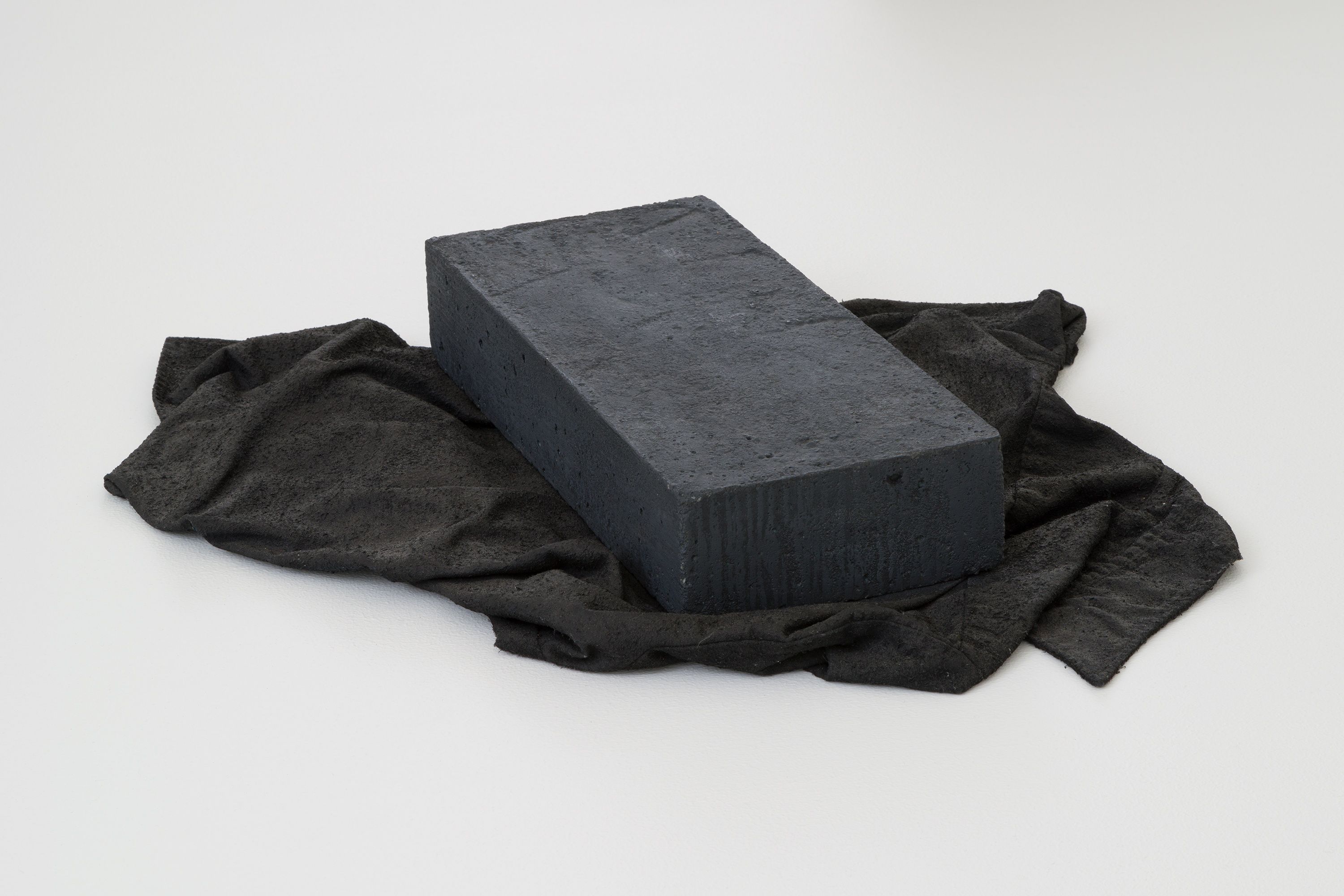
paint, cotton, concrete
3.5 x 24 x 26 in
9 x 61 x 66 cm

paint, cotton, concrete
3.5 x 24 x 26 in
9 x 61 x 66 cm
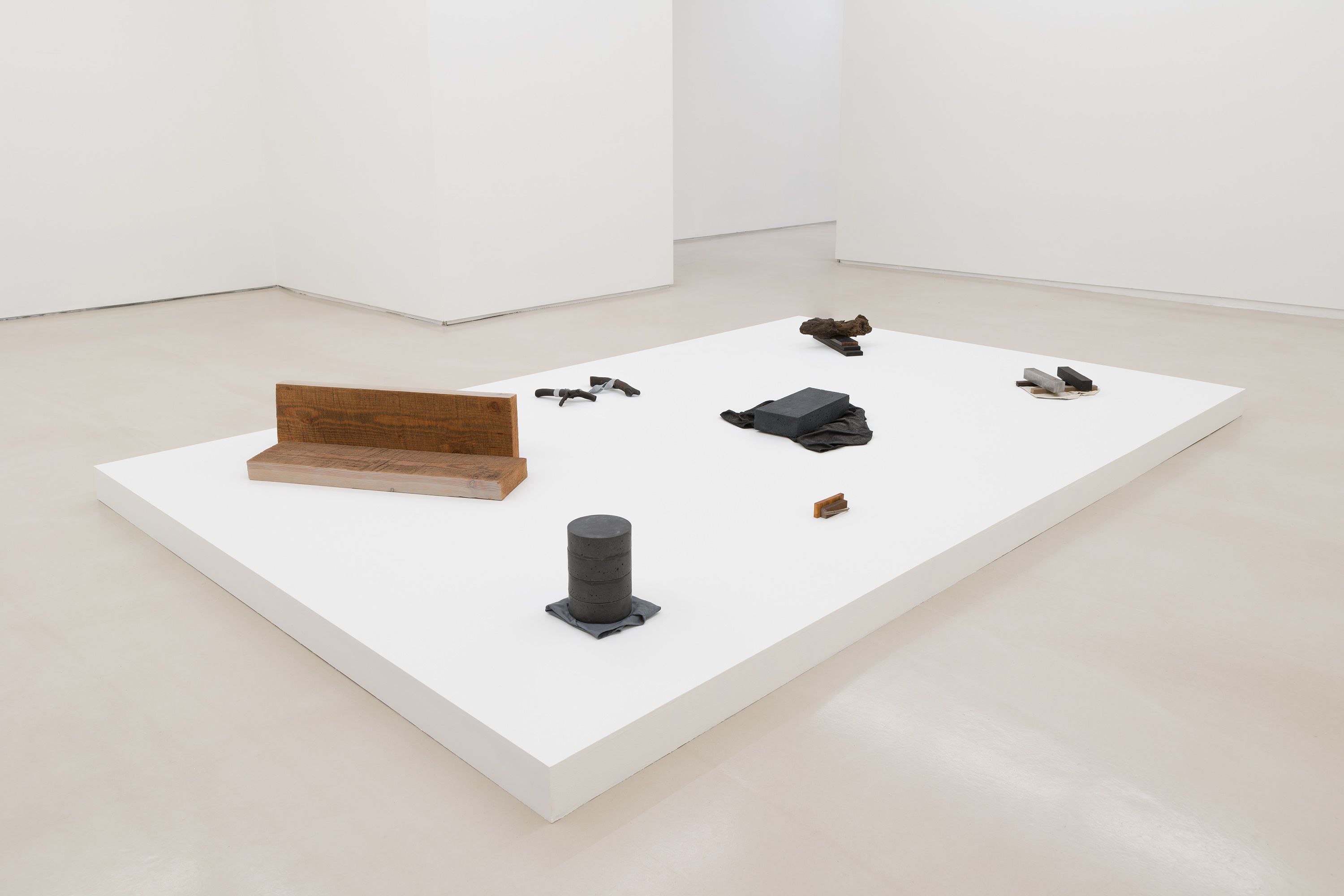
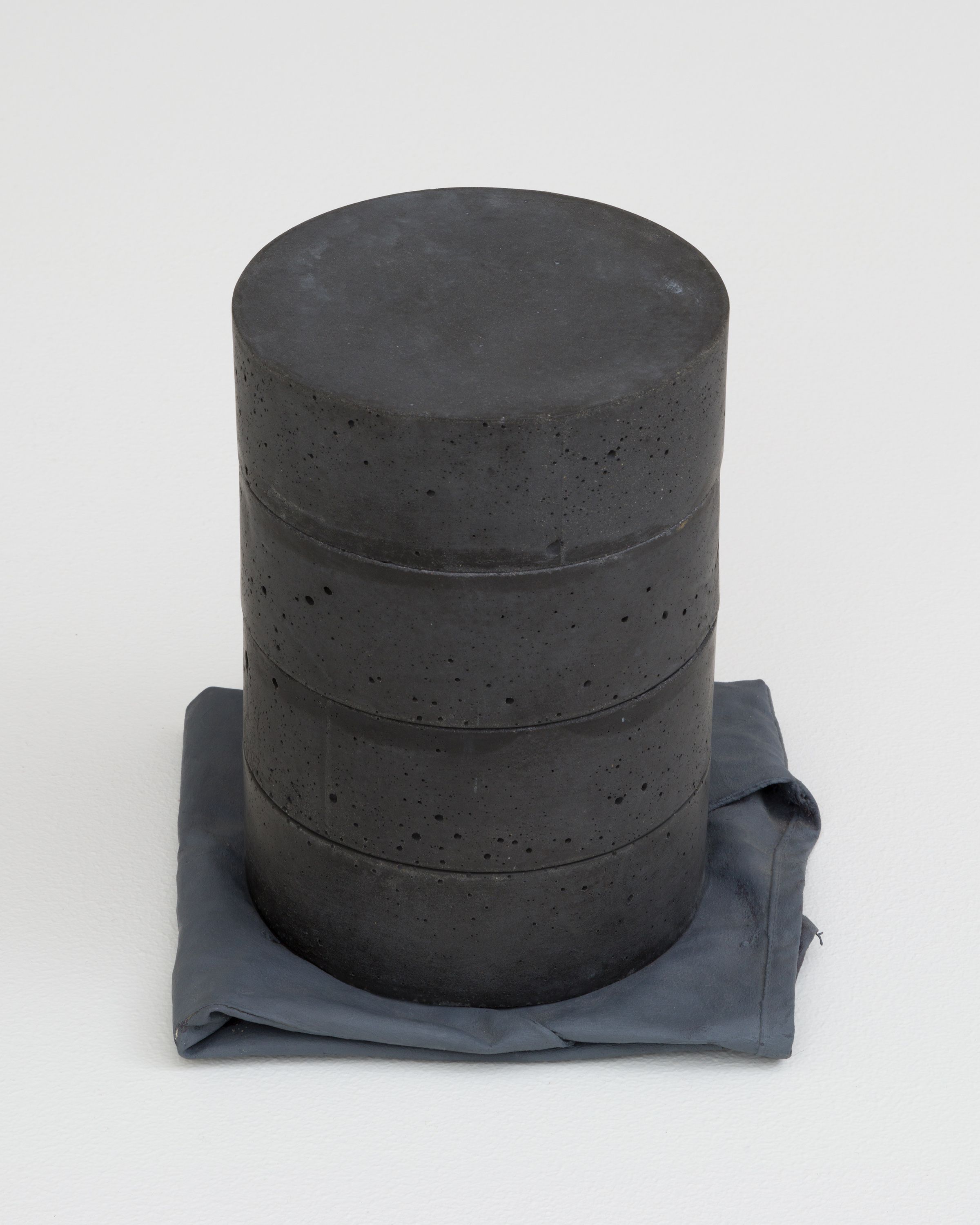
cotton, gesso, linen, oil paint, concrete
9 x 8w x 7.5 in
22 x 20.5 x 19 cm
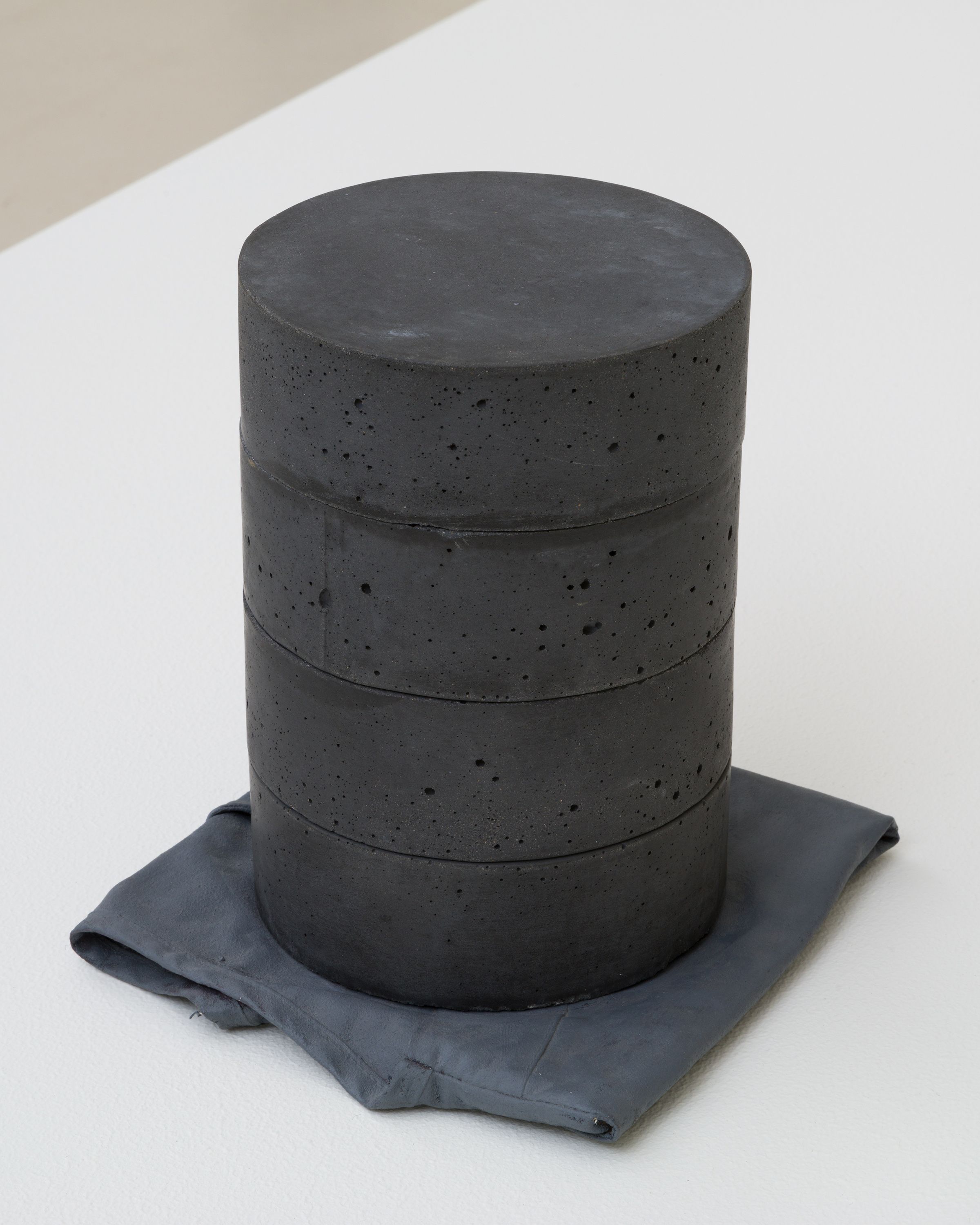
cotton, gesso, linen, oil paint, concrete
9 x 8w x 7.5 in
22 x 20.5 x 19 cm

wood, iron, glass
2 x 5 x 2 in
4.5 x 12.5 x 4.5 cm
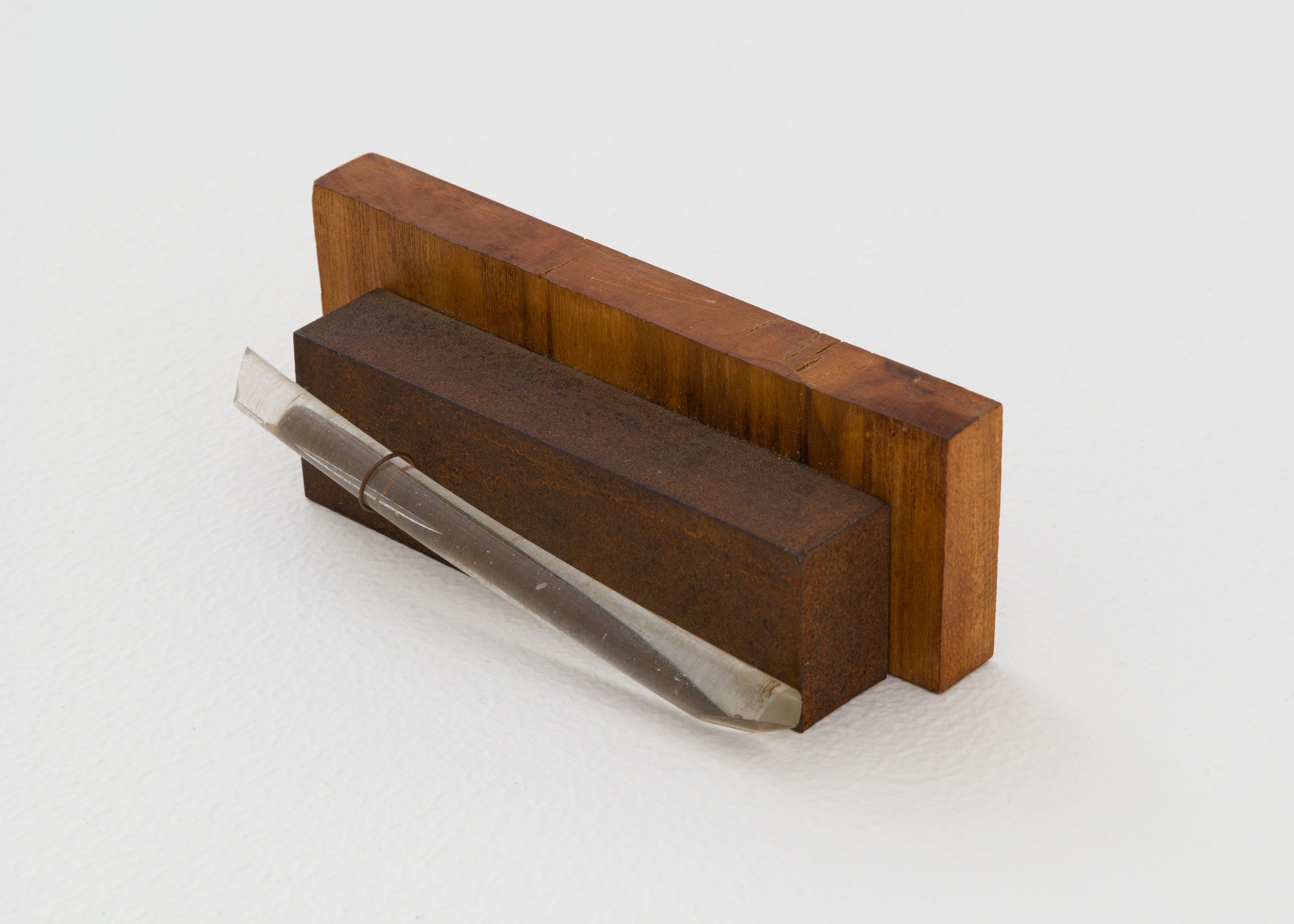
wood, iron, glass
2 x 5 x 2 in
4.5 x 12.5 x 4.5 cm